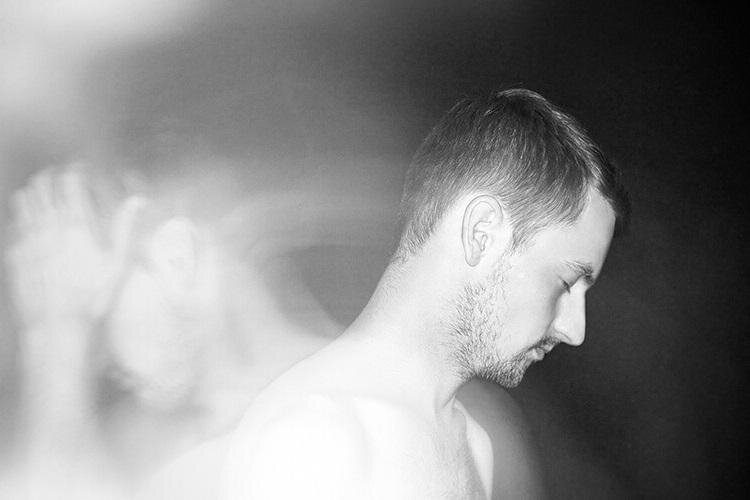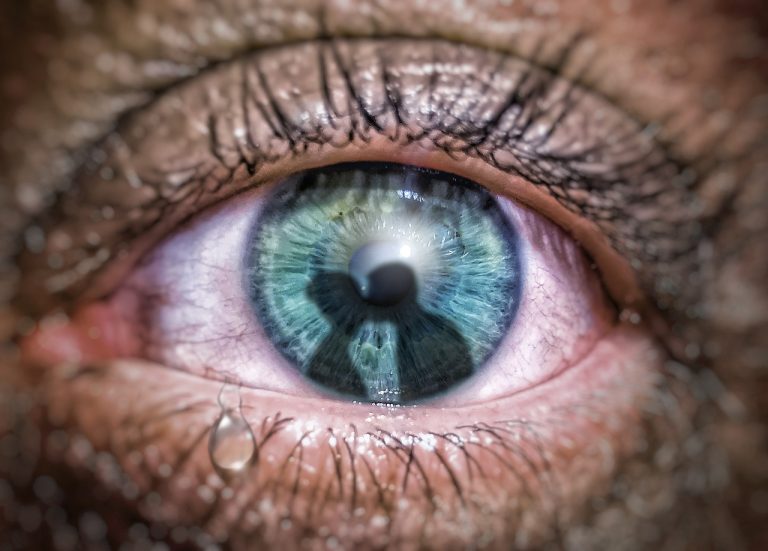Do I have an anxiety disorder or am I just anxious?
We all experience some form of anxiety at some point in our lives. Indeed, anxiety is a common response to life stresses such as starting a new job, moving house and having financial challenges. So what is the difference between having an anxiety disorder and being anxious?
An anxiety disorder is often diagnosable when the anxiety symptoms become larger than the events by which they were triggered. These would interfere with one’s life and can be debilitating in different contexts the individual is part of.
Anxiety disorders can be described as disorders that feature excessive fear and anxiety and behavioral disturbances. To explore this in detail, fear is the emotional response to a real or perceived imminent threat, while anxiety is the anticipation of a future threat. Both states mentioned do overlap, although they are experienced differently by different individuals.
Below, we will go through some common symptoms related to anxiety and how to recognize if these relate to being anxious or having an anxiety disorder.
Excessive Worrying
Excessive worrying is the most common symptom of an anxiety disorder. Often individuals with an anxiety disorder would worry disproportionately about events and everyday situations. A psychiatrist can diagnose someone with Generalized Anxiety Disorder (GAD) if the worry is difficult to control and it is continuous on most days for at least 6 months. This is often very intrusive and the individual finds it hard to concentrate and accomplish the daily tasks. On the other hand, one can feel anxious about an upcoming exam or presentation that they have to give in front of an audience, however after this is done, the person is no longer anxious.
Feeling Agitated
Feelings of anxiety are experienced in the body such as through a racing pulse, shaky hands, sweaty palms and dry mouth, amongst others. These occur, as the brain believes that the individual is in imminent danger, hence why the body is prepared to react to the threat (the fight-flight response). In fact, the whole body becomes ready to run or fight which explains the racing heart and heightened senses. This is very useful if one is in danger, however when all this is happening in one’s head, it can be devastating. An individual with an anxiety disorder finds it more challenging to reduce their heightened arousal, in contrast to someone who is experiencing a temporary anxiety about a specific event.
Difficulty Sleeping
Another strong association with anxiety disorders is sleep disturbance. Individuals with an anxiety disorder may wake up in the middle of the night and find it difficult to fall asleep again. Although having trouble sleeping does not mean you have an anxiety disorder, some studies suggest that individuals suffering from insomnia are much more likely to develop a mental health disorder such as anxiety. Similarly, studies found that individuals treated for an underlying anxiety disorder also improved on their insomnia.
From Anxiety to Excitement
Whether one is diagnosed with an anxiety disorder or is just anxious, the good news is that anxiety symptoms can be managed well with the proper self-care and help from mental health professionals. Recognizing the symptoms of anxiety is the first step to recovery. Below are a few tips to help manage your anxiety:
- Eat a healthy balanced diet
- Limit your daily caffeine
- Refrain from drinking alcohol
- Quit smoking
- Exercise more regularly
- Practice guided meditation
- Practice stretching or yoga
- Seek help from a mental health professional
Charlot Cauchi is a Gestalt Psychotherapist at Willingness. He has experience with adult clients with mental health difficulties, anxiety, depression, loss, trauma, stress and relational issues.
If you think that you can benefit from professional support on this issue you can reach out here.
References
American Psychiatric Association. (2013). Diagnostic and statistical manual of mental disorders (5th ed.). American Psychiatric Association.
Locke, A.B., Kirst, N., & Shults, C. G. (2015). Diagnosis and Management of Generalized Anxiety Disorder and Panic Disorder in Adults. American Family Physician. 1;91(9), 617-624.







